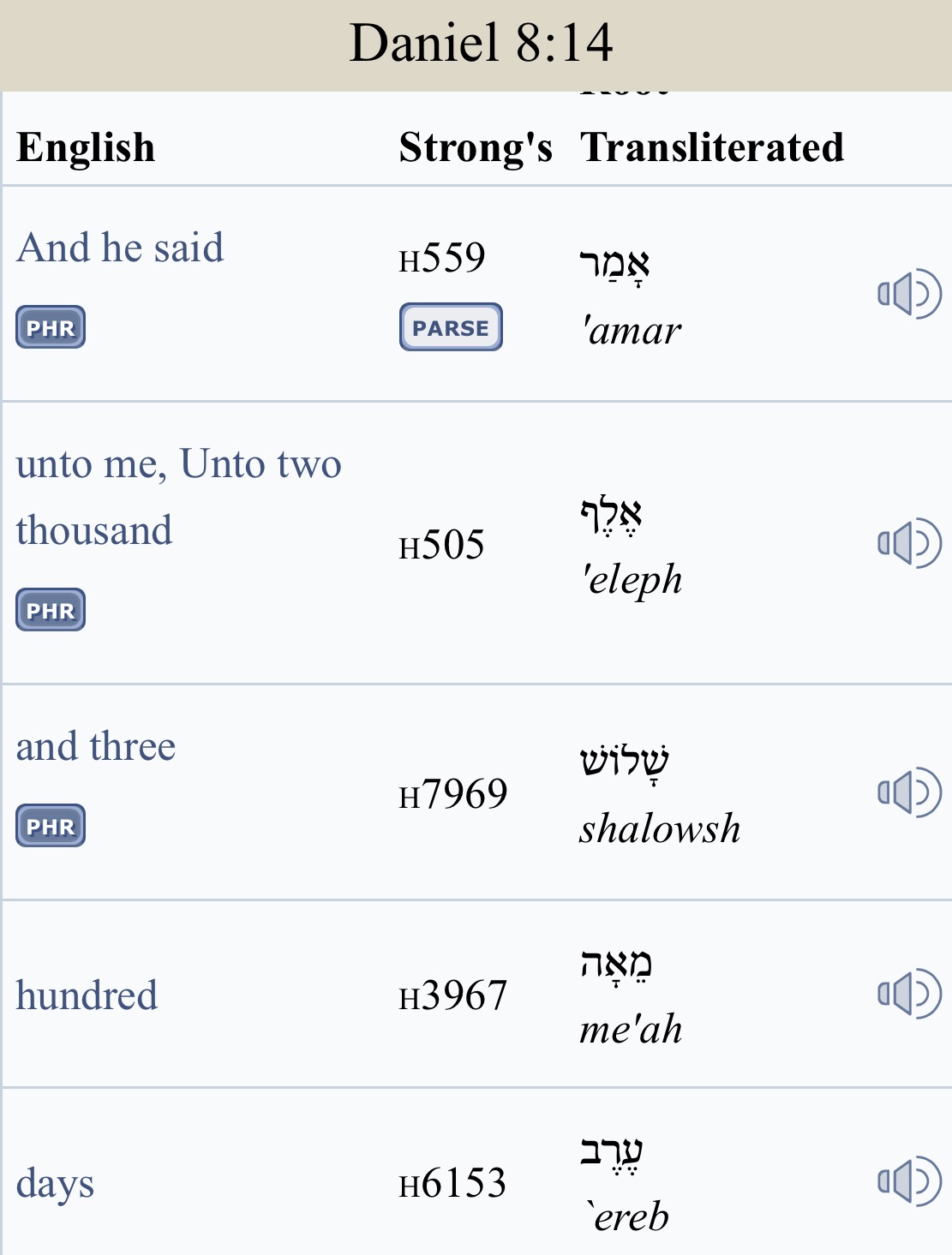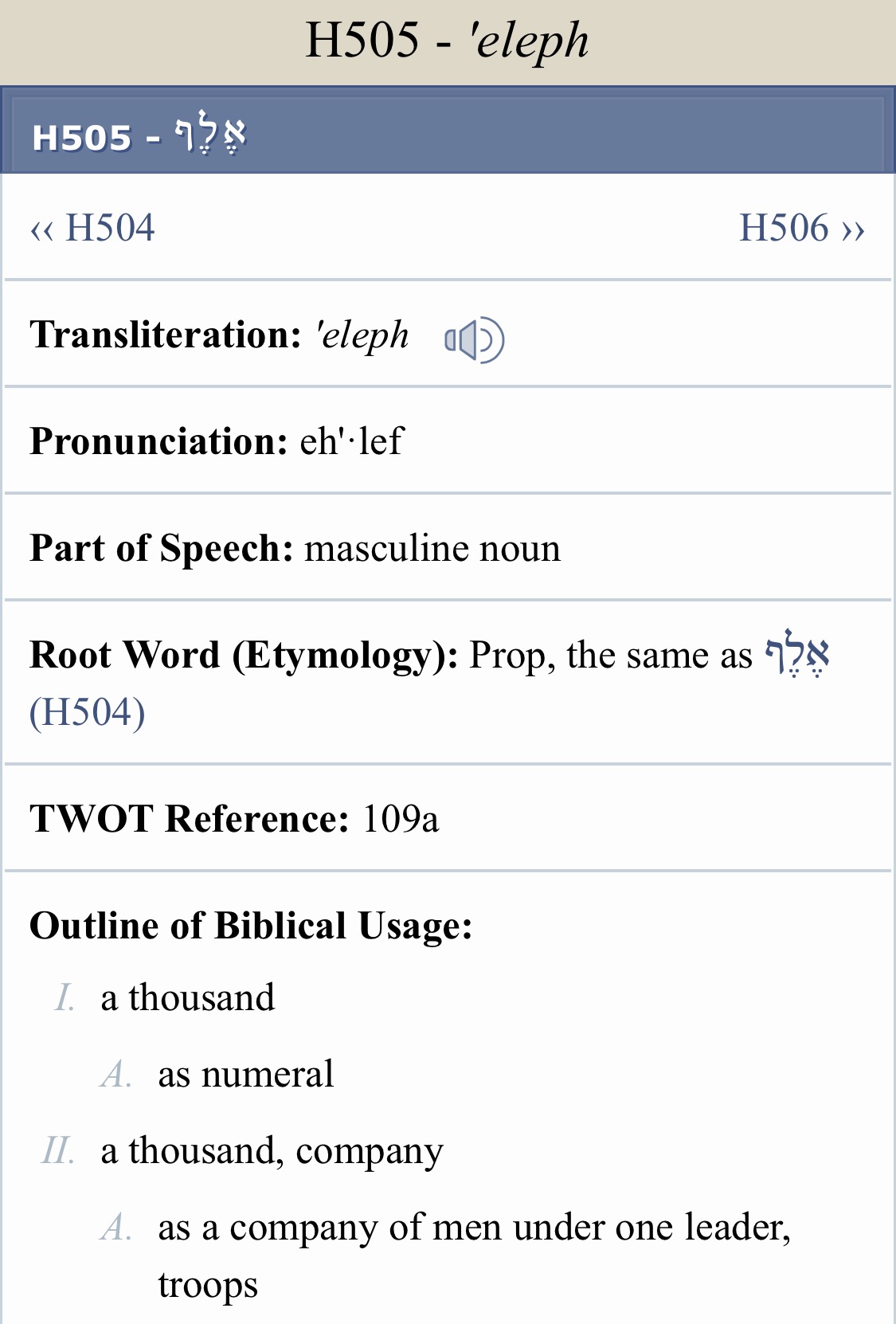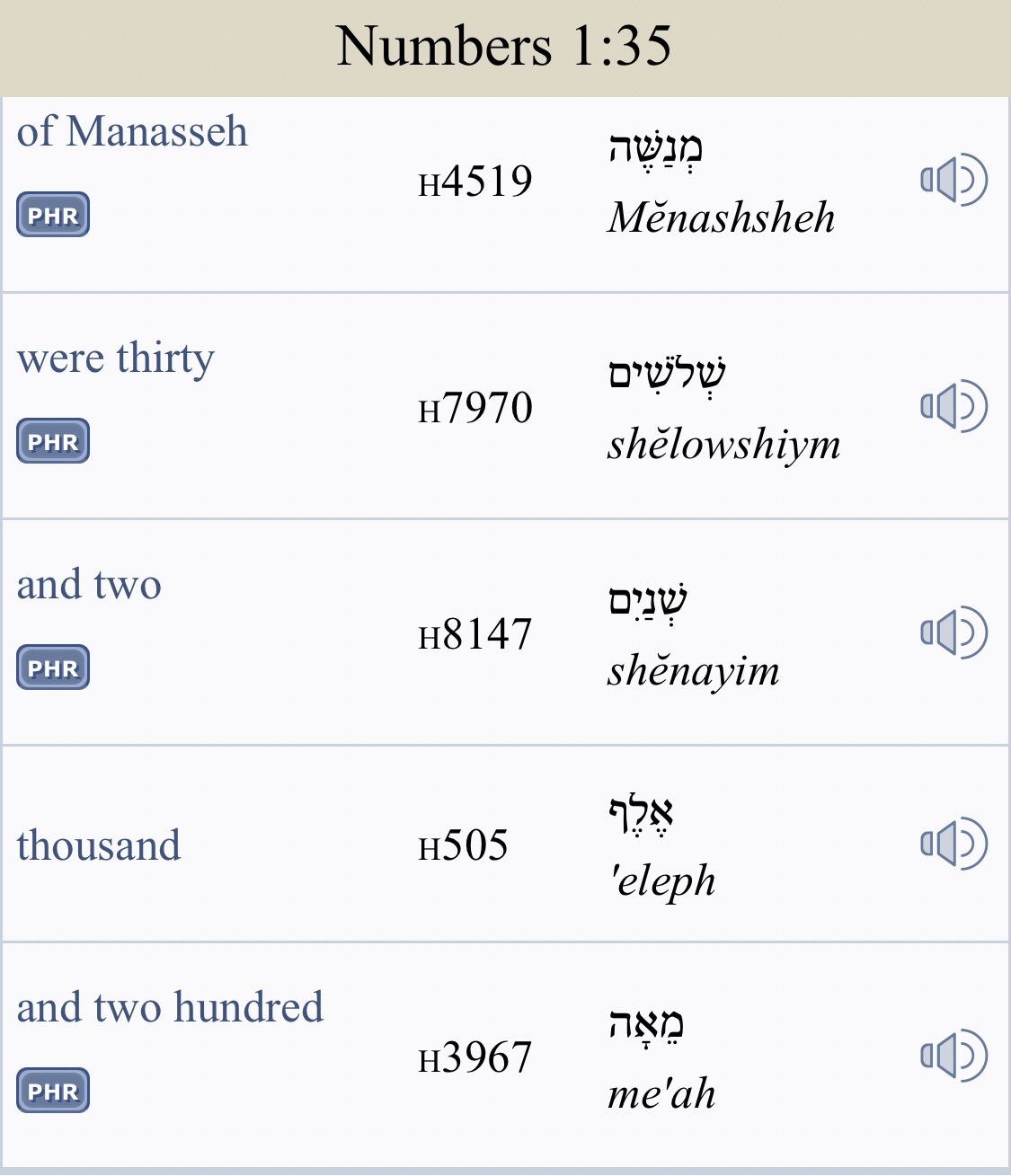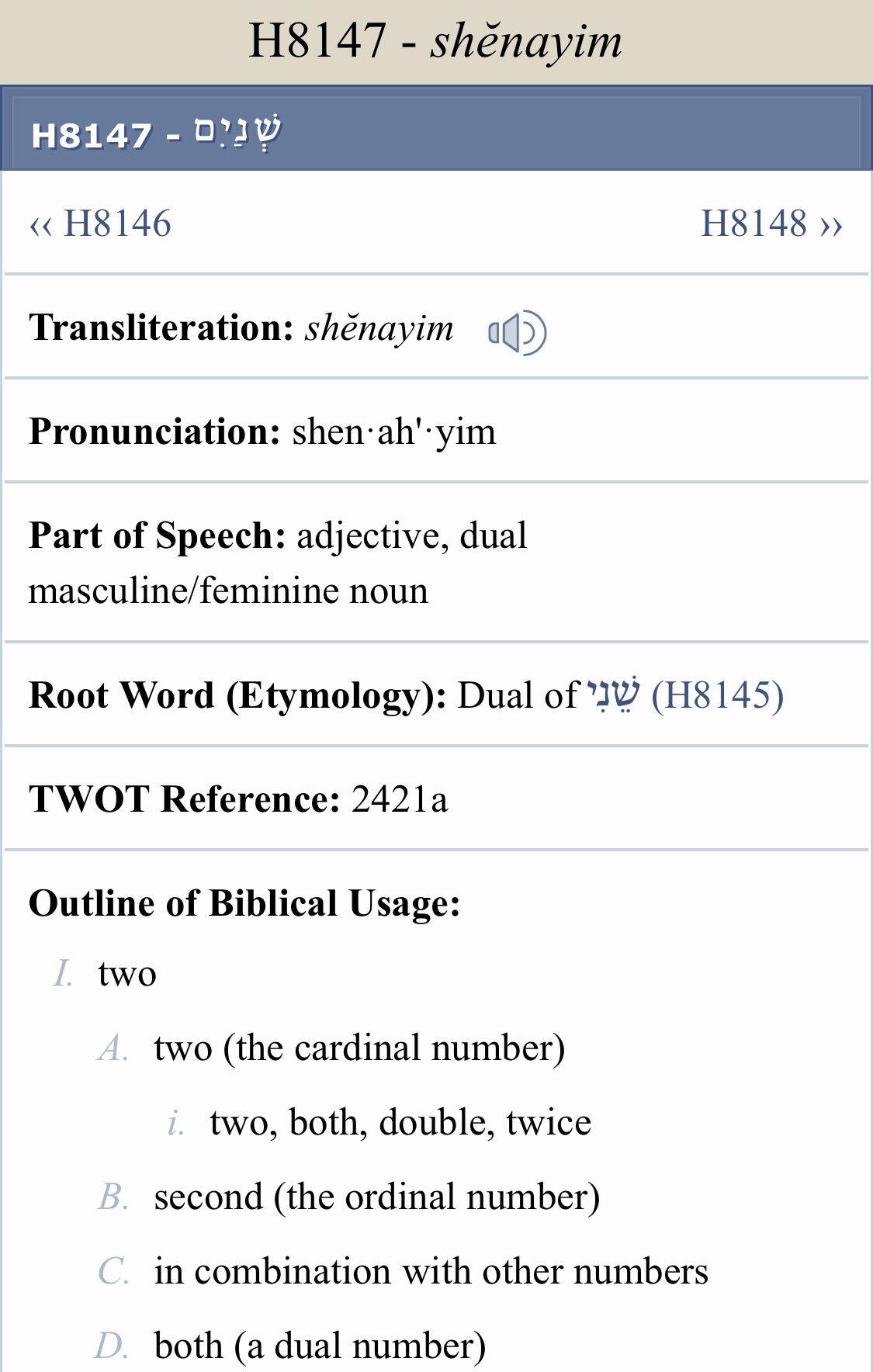While comparing line upon line concerning prophecy. I found a place in the 8th chapter of Daniel that didn’t seem to align with other places in scripture referring to this one event. The specific event is concerning the three and a half year great tribulation time of the saints just after the abomination that makes desolate is set up in the temple.
We are told passages like “time, times and a half” and “forty two months” and “one thousand two hundred and ninety days” and the one who is blessed that waits and comes to the “one thousand three hundred thirty fifth day”.
Ok, we see a connection here. All of these passages are giving a time period of three and a half years surrounding this very important event just before our Messiah returns. However, there is one passage that speaks of this time that does not align with the other scriptures. Or does it? Daniel 8:13-14
“Then I heard one saint speaking, and another saint said unto that certain saint which spake, How long shall be the vision concerning the daily sacrifice, and the transgression of desolation, to give both the sanctuary and the host to be trodden under foot? And he said unto me, Unto two thousand and three hundred days; then shall the sanctuary be cleansed.”
Did you catch that? He just said (two thousand and three hundred days). Wait, that doesn’t fit any other place in scripture speaking of this event. Let’s take a look at the Hebrew in this verse.

The Hebrew word that is used here for two thousand is Strongs number 505 ‘eleph
Let’s take a look at the definition of this word.

One can clearly see the definition of ‘eleph is (a thousand) not two thousand. But, let’s be thorough. There are many places in the Hebrew Scriptures where we can find two thousand used. One such example would be Numbers 1:35

Here we can clearly see that ‘eleph is properly being used as (thousand) and we also see the actual Hebrew word shenayim meaning (two), that precedes ‘eleph.

It is very strange that every bible version concerning Daniel 8:14 has been deliberately mistranslated to read (two thousand three hundred days) which would no longer equal three and a half years. Instead, the length of time would be six years and three months.
Or maybe one could assume a day for a year. After all that is what the Millerite movement from which Seventh Day Adventism sprang from did. This twenty three hundred days was to be a big fulfillment of prophecy in 1844, when by somewhat careless means of interpretation actually caused some to depart from the faith after they gave away all of their possessions because they believed they were going to be raptured away at that time. When 1844 came and went it came to be known as (the big disappointment).
What does all of this mean for us? We must be very careful in making loose interpretations of the Word concerning prophecy. There are three important and proven points I have come to understand when studying Biblical prophecy that must be put to the test.
- Is there other scripture that will back up the giving of a prophecy? (Two or three witnesses)
- Are there similarities between scriptures in the context and details surrounding the event in question?
- If there appears to be a contradiction, either the events are not speaking of the same account. Or, there has been an error in the translation. Which, was either accidental or deliberate.
We must continue to test everything and to be faithful stewards of the word of YHVH. As Jeremiah the prophet said surely our fathers have inherited lies. The understanding of the prophetic timeline is very important for the days we are approaching. We must watch that we’re not deceived.


I have wondered, why the difference in time? Good digging!
‘alpayim is translated correctly as ‘two thousand’ in Daniel 8:14. ‘Eleph is singular (1000). When ‘eleph has an ‘im’ on the end of it, that makes it plural. Numbers greater than 2000 are qualified by one of the units from three to ten, but when ‘alpayim appears by itself with no other qualifying unit, it means two thousand. That being said, I think that the original may have read 1300, but you cannot prove that from the Hebrew. Check out what Josephus and Hippolytus said regarding this number.
Where do you see alpayim? Strong’s number H505 is elep. It appears 500 times and is translated as 1,000. There is 3 times that word is used as a “variant” but there appears to be some trickery going on with the translation as I have found in other places.